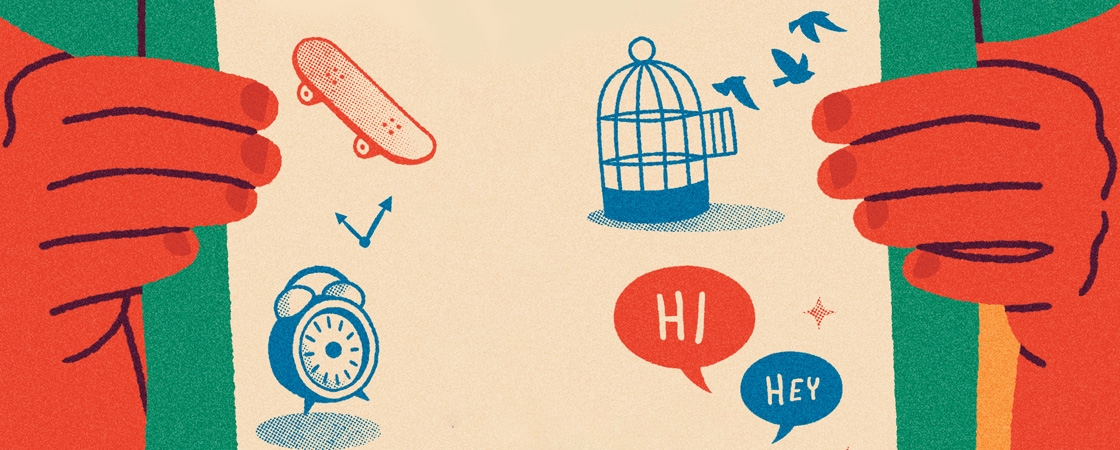Feet.
Wheels.

Learning Objective: Students will analyze a poem, then use it as a model to write their own.
“A List of Things That Will Set You Free” from What the Heart Knows by Joyce Sidman. Text copyright © 2013 by Joyce Sidman. Used by permission of HarperCollins Publishers.

Writing Prompt
Write your own “A List of Things That Will _______” poem, filling in the blank however you like. Use Sidman’s poem as a model.
This poem was originally published in the September 2023 issue.
1. PREPARE TO READ (5 MINUTES)
Do Now: Journal and Discuss (5 minutes)
Fill in at least one of the blanks below:
Something that makes me feel happy: ________________________________
A piece of advice someone has given me: ____________________________________________
A piece of advice I’ve given to someone else: ____________________________________________
Something I have to remind myself of sometimes:____________________________________
Something that makes me feel better when things feel difficult: _________________________
2. READ AND DISCUSS (30 MINUTES)
Poetry Analysis (25 minutes)
3. WRITE YOUR OWN (30 MINUTES)
Write your own “A List of Things That Will _______” poem, filling in the blank however you like. Use Sidman’s poem as a model.
CONNECTED READING